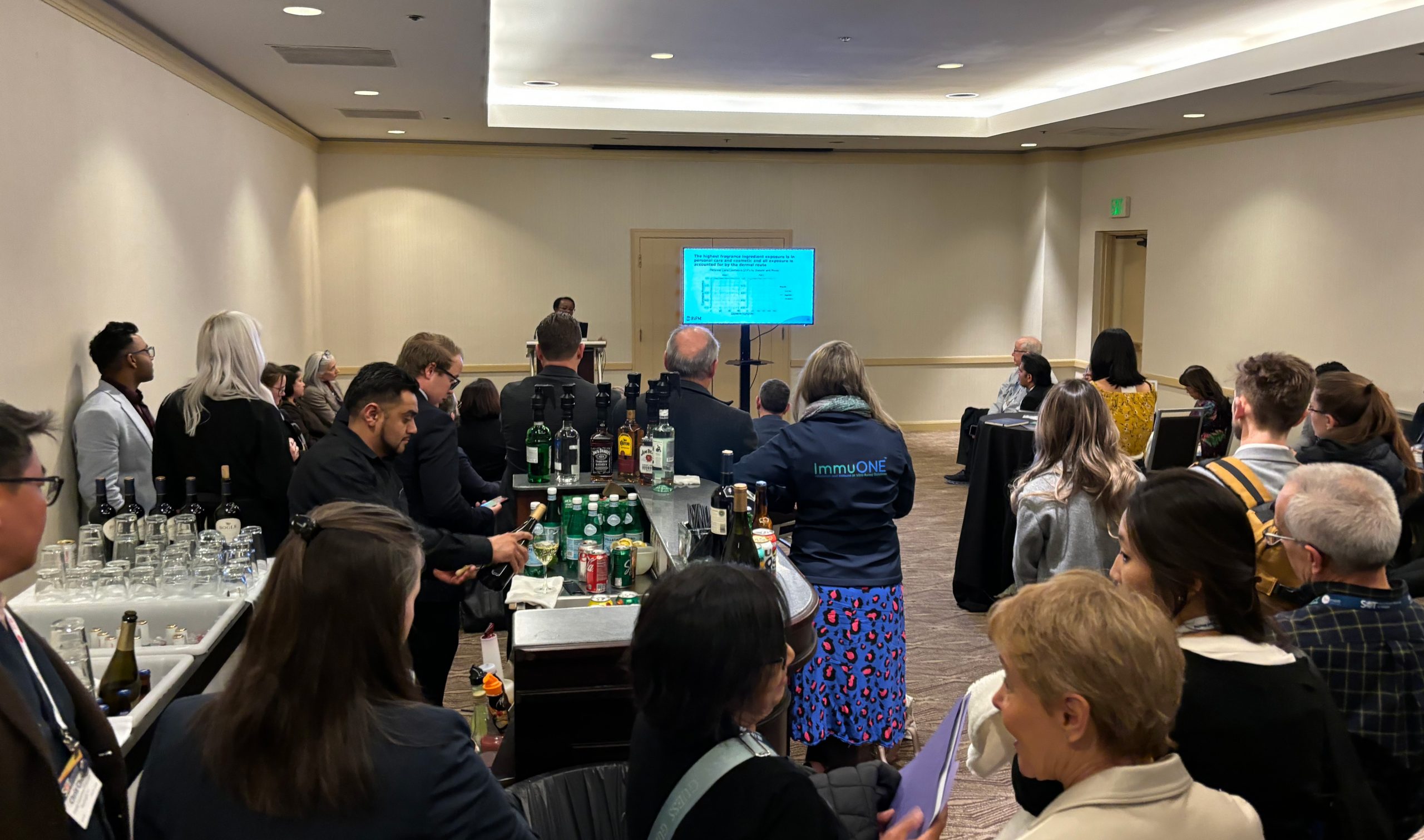Some chemicals end up in foods that were never intended for human consumption. These are usually referred to as contamination incidents, such as the recent dioxin scare in Germany.
Not all chemicals are bad. Even E numbers, which have received a lot of bad press, can have surprisingly natural sources, like the gums used as thickeners (e.g. E414 Acacia gum comes from the stems and branches of the Acacia tree). Not all naturally present chemicals are good either. For example, estragole, the compound that gives fennel its distinct flavour is actually a carcinogen. So considering the staggering array of chemicals that exist in foods on the market, how do you decide if consumers are safe?
Well, as with any compound introduced into the body, you need to answer the following question; what is the dose? If the dosage received by a population of consumers is within recommended levels, there is no problem. If the daily dosage is above what is considered to be a safe level, then there may be an issue that should be investigated further. Obviously, the size of the dose will vary from person based on their diet, i.e. the types of foods they consume and the chemicals in those foods.
So now that we’ve established that calculating the dose of chemical is essential, the question that now needs to be answered is how do you do it? Well, that’s where Creme comes in.
Assessing dosage to food chemicals requires a number of considerations. Typically, you will want to assess the dosage in an entire population of consumers, not just one individual. The dose of chemical received by an individual population is often referred to as their exposure or intake of the chemical. To assess exposure in a population, you need know what the typical food consumption patterns are for a representative sample of that population. This usually takes the form of a national dietary survey. This dietary information then needs to be combined with the appropriate chemical composition data for all foods consumed in the survey. A typical dietary survey usually has over one thousand subjects, and several hundred thousand eating events. Once the survey and concentration data have been combined, we can form a picture of what the dosage in a population is.
As you can imagine, combining such data sets and calculating detailed chemical exposure statistics takes a lot of computation. Creme makes software tools that allow both industry and government to asses the dosage of chemicals in food consumers receive. We also use probabilistic modelling to evaluate the variability and statistical uncertainty in the dosage across the population, which is particularly important in cases where the concentration data is uncertain, as is the case with pesticide residue data and contaminants from food packaging.
These tools allow regulators to answer questions like: What percentage of the population is exceeding their recommended daily dose? What kind of food consumers are they? What foods are driving this high dosage? What is the uncertainty associated with these calculations? Being able to answer these questions enables food manufacturers and regulators to ensure the adequate protection of consumer health. Creme’s exposure tools can also perform scenario analyses, allowing “what if” questions to be answered.
This allows regulators and industry to answer questions like “What if we reduce the concentration of E110 in carbonated drinks by 10%?”, or “What happens if the consumption of apples containing pesticides increases?”.
So are chemicals in food safe?
That depends on the dose consumers receive.
What’s the dose?
Ask Creme!



